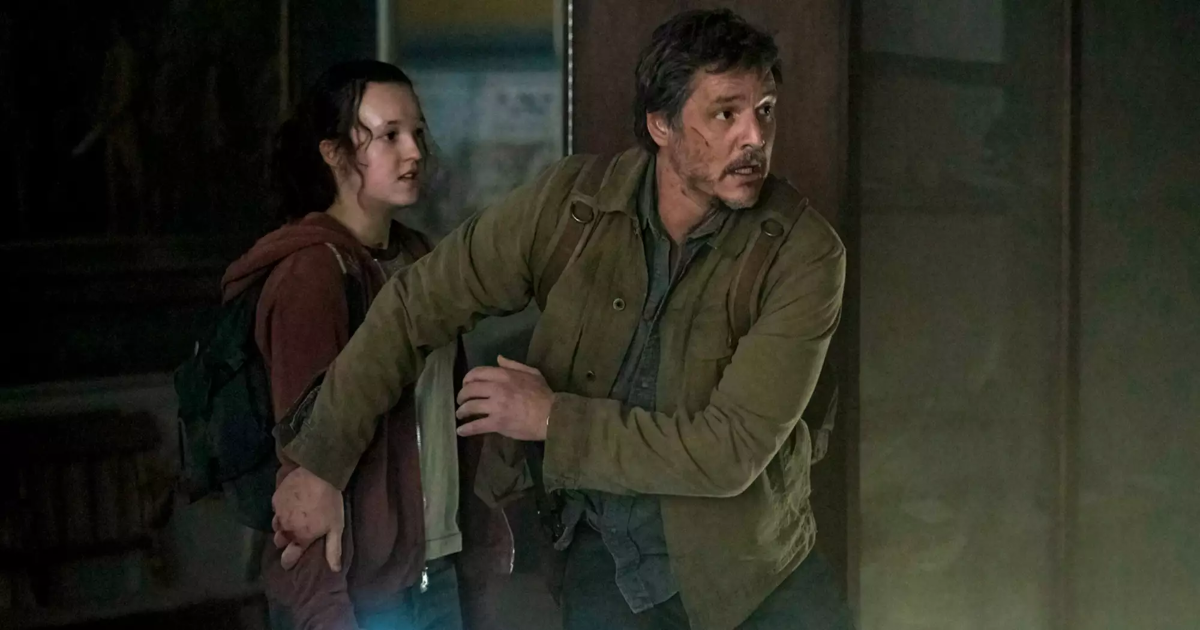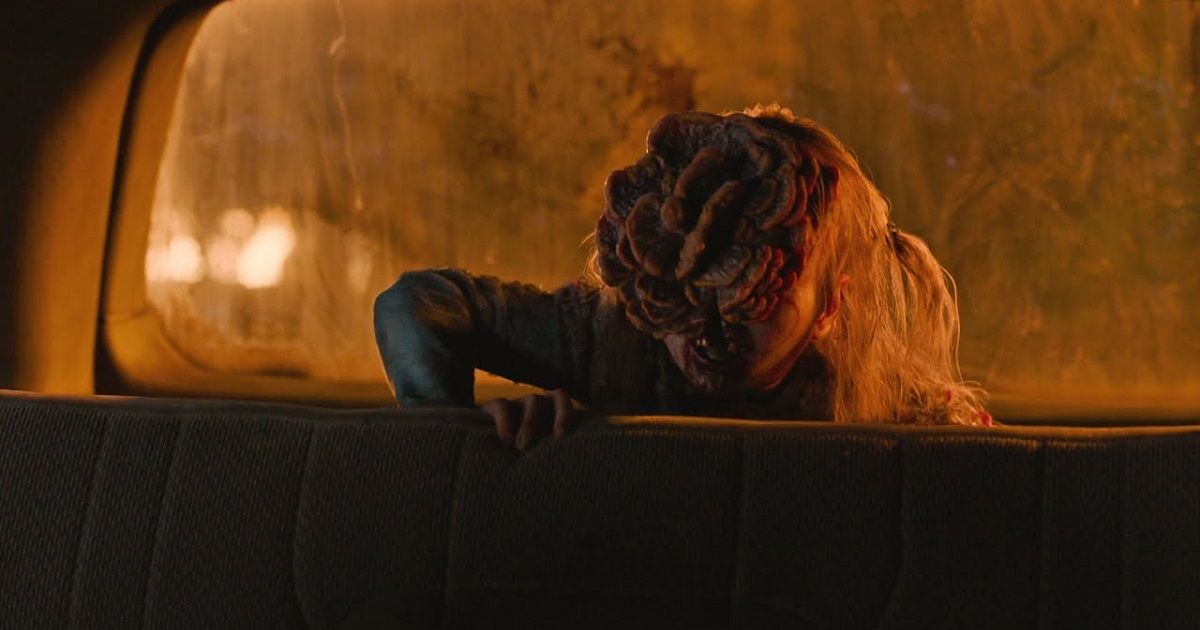Part of the reason why The Last of Us was so good was due to its stunningly beautiful effects. It's a great show even for non-gamers. While the fans were exhilarated and in awe of everything that’s happening on the screen, these animations took time to make. VFX supervisors break down producing the animation for the series.
The Last of Us VFX supervisors Simon Jung and Dennis Yoo produced seamless animation and effects on the series. One of the most impressive animations was during the epic final scene in the fifth episode upon revealing the Bloater. Jung shared the details of producing the monsters and recreating the prosthetics. He told Collider,
“We created a whole army of Infected and used the Clickers that we built in the Bostonian as a base to build more variants of that. So, we had gender variants and ethnicity and different Cordyceps growth and all of that for our clickers. And then we did the same thing. We had scans for the Infected, so we did the same thing for them. We gave him different wardrobes and different skin tones and all of that. So, that helped us bulk all of that out. “
Jung shared that it’s pretty much the same process in the bloater, he said,
“And then a very similar approach for the bloater as well. He was a prosthetic. He was a guy in a suit originally. And because his dimensions, like his proportions, weren't quite right, he was a little bit... Even though he was a very tall guy, he still felt a little bit short for those guys. So, we made him a little bit taller. And yeah, it became clear that if we are going to go a digital route with him, then we might as well, similar to some of the other creatures, we might as well change proportions around a little bit, like make the legs look a little bit stronger.”
Although it isn’t a big moment, another factor that made each scene beautiful is the lighting and where it moves. Jung also shared the process of making these lights. He said,
“We've stayed pretty true to the on-set lighting. The main light source for these shots was the burning building. They had a burning building on set and that was illuminating the scene. They had massive light box obviously on top as well and had flickering fire lights that they placed to beauty light specific beats around the cul-de-sac where Ellie steps, the clickers for example, or the Infected that are pulling the kids from another car.”
While they generally stayed true to the lighting that they had initially, there are few instances when they tweaked the lighting a little. He added,
“There are a few occasions where, for example, where Perry gets his head ripped off by the bloater, the child clicker. In some of those cases, we tweaked the lighting a little bit to make the action a little bit more visible. But it was only very subtle changes or deviations from the on-set lighting. We stayed very accurate to it.”
A Long Winded Process of Making The Child Clicker
Speaking of the child clicker, the duo reportedly worked with a contortionist to create these terrifying movements. Jung also began detailing how they created the body movements of the child clicker. He explained,
“So, for the body performance of the child clicker, we stayed true to the performance that was on set. There was a straight match move. We didn't change that performance even slightly. We kept that fully intact. We did, however, replace her wholesale. Initially, the idea was to just replace the head of the child clicker because the proportions of the head, due to the prosthetics, were so large that it didn't look like a child at all anymore. And that was something that Craig [Mazin] really was keen on portraying her as a child.”
Jung added that they took awhile to perfectly produce the child clicker, and it was an excruciating procedure. He added,
“So, initially, we were only going to do the head, but once we changed the proportions of the head and put that on the existing body, then that didn't work anymore. So, any proportion change on any part of the child clicker, whether it was making the pajamas tighter, immediately had a knock-on effect on the shoulders or the neck length. So, it was really difficult, and a really long-winded process to get the proportions of that child right and to make it immediately recognizable as a child.”


